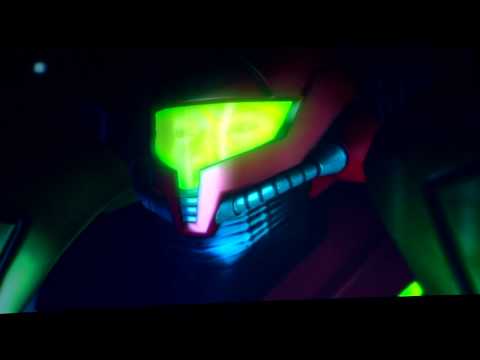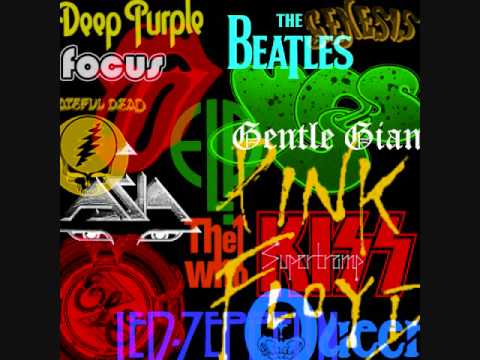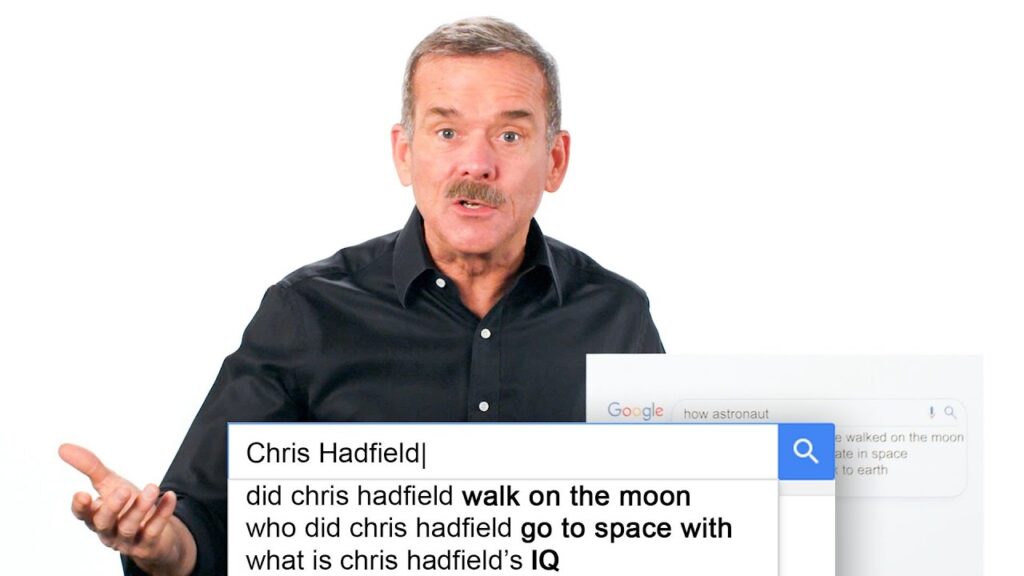Kate the Chemist Breaks Down Chemistry in Movies and TV Shows
Summary
In this article, we follow Dr. Kate Bieberdor, aka Kate the Chemist, as she analyzes clips from movies and TV shows related to chemistry. Kate explains the inaccuracies and myths portrayed in these media and emphasizes the importance of safety measures when conducting experiments with hazardous materials.
Table of Contents
- The Truth About Hydrofluoric Acid
- Safety Measures and Hazards in Chemistry Labs
- Scientific Concepts and Myths in Movies and TV Shows
The Truth About Hydrofluoric Acid
Kate starts by debunking the myth that hydrofluoric acid (HF) is the best choice to dissolve a body, as it is a weak acid. She explains that aqua regia would be a better option. Kate also emphasizes the importance of adding acid to water and not the other way around, as it can cause a dangerous reaction.
Safety Measures and Hazards in Chemistry Labs
The speaker conducts an experiment to make nylon using a crystallization dish and chloride. They discuss the safety measures needed when conducting experiments with hazardous materials, such as wearing a gas mask and hazmat suit. The equipment used in the experiment is standard and commonly found in chemistry labs, but it is possible to make meth using similar equipment. The speaker also warns against sniffing chemicals and huffing gasoline, as they can be harmful and even deadly. They comment on the dangers of gasoline and sewer gas, and the inaccuracies in the cigar explosion scene from National Lampoon’s Christmas Vacation.
Scientific Concepts and Myths in Movies and TV Shows
The speaker discusses various scientific concepts and myths portrayed in movies and TV shows. They explain that cigarettes rarely cause explosions like in the movies, and that chloroform takes about five minutes to knock someone out. They also discuss the concept of pure cocaine and how to test its purity. The speaker explains what a chemical burn with a base feels like and how to create the Elephant’s Toothpaste experiment using hydrogen peroxide, dish soap, and a catalyst. They also point out that the chemical brownie recipe from Rick and Morty is not accurate and that the drawing of molecules in Spider-Man: Homecoming is a disaster and would not make a sticky substance. Additionally, the speaker discusses the fictional element vibranium from Black Panther and its supposed properties.
Conclusion
Kate the Chemist provides valuable insights into the world of chemistry in movies and TV shows. By debunking myths and emphasizing safety measures, she helps to promote accurate and safe practices in chemistry labs.





